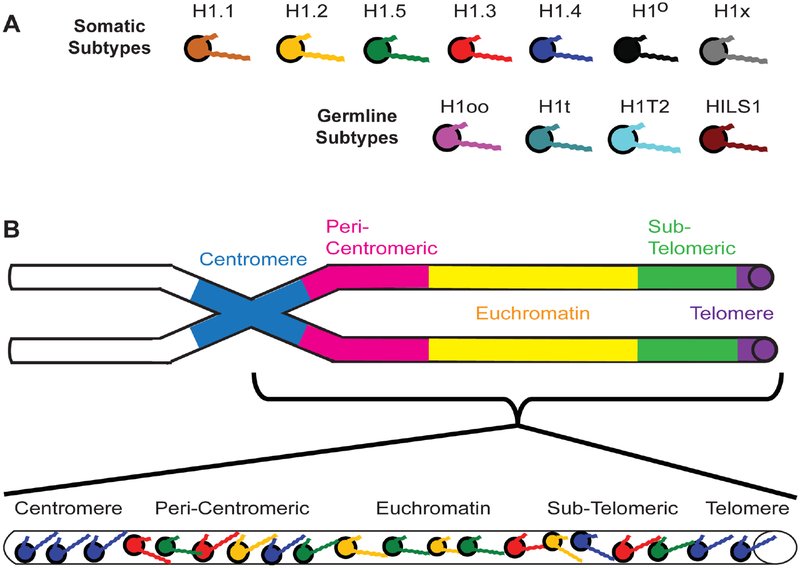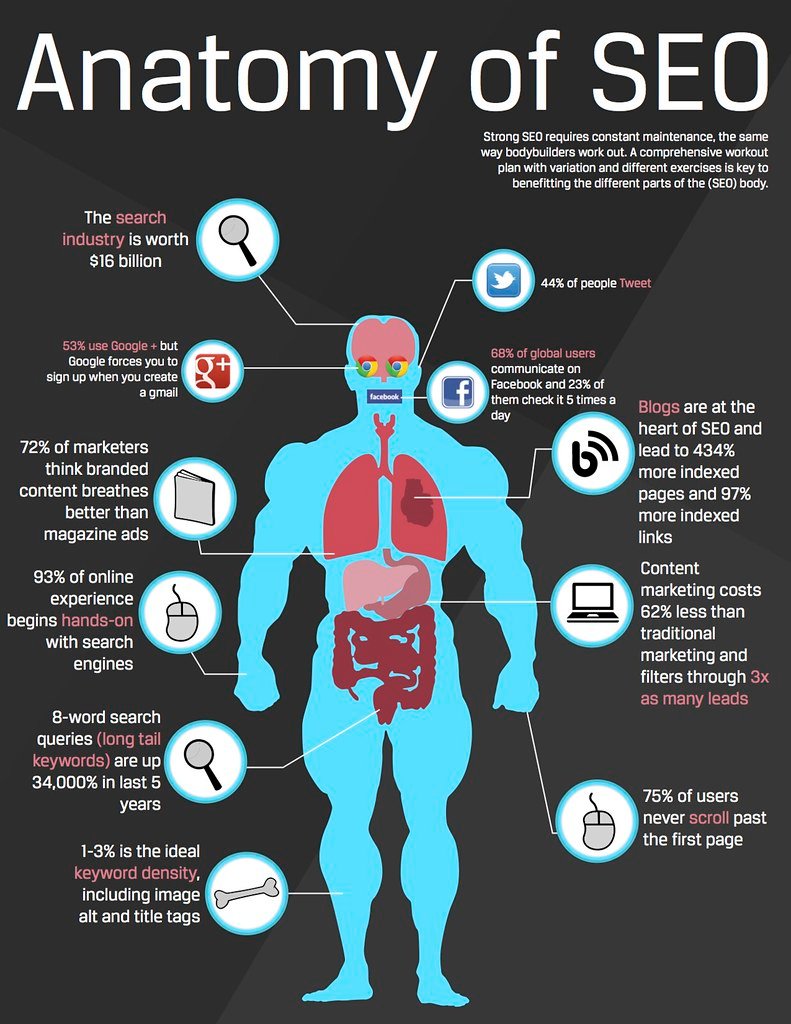Welcome to the enchanting world of content clones, where the hidden language of canonicalization reveals its mesmerizing powers. In this article, we delve into the magical influence that lies beneath this intriguing process. Brace yourself as we embark on a captivating journey, unraveling the secrets of canonicalization and how it shapes the digital realm. Join us as we unlock the extraordinary phenomenon of content clones and decode their significance in the vast online universe. Step into a world where magic meets technology, where the power to determine the fate of duplicate content lies in the hands of this enigmatic force called canonicalization. Get ready, for the wonders of the magical influence of canonicalization are about to be unveiled before your very eyes.
Table of Contents
- Decoding the Phenomenon of Content Clones: Understanding the Magical Influence of Canonicalization
- Exploring the Impact of Canonicalization on Content Duplication: Key Insights Unveiled
- Unveiling Canonicalization’s Powerful Influence: Best Practices and Recommendations
- Q&A
- To Conclude

Decoding the Phenomenon of Content Clones: Understanding the Magical Influence of Canonicalization
Content cloning is a fascinating phenomenon that can greatly impact the performance and visibility of your website. So, what exactly is content cloning and how does it relate to the magical influence of canonicalization? Let’s dive in and decode this intriguing topic.
At its core, content cloning refers to the practice of duplicating content across multiple webpages. This can happen unintentionally, such as when different versions of the same webpage exist with slightly different URLs. It can also be a deliberate tactic used by some marketers to try and gain an advantage in search engine rankings.
Now, here’s where canonicalization comes into play. Canonicalization is like a magical spell that helps search engines understand which version of a webpage is the primary or preferred one. It essentially tells search engines that different URLs should be treated as one and that all the SEO juice should be attributed to the canonical version.
To illustrate this, imagine you have a product page on your website that can be accessed through different URLs, like “www.yourwebsite.com/products” and “www.yourwebsite.com/products/index.html”. Without proper canonicalization, search engines may treat these as separate pages, diluting the SEO value. By using the canonical tag in your HTML code, you can tell search engines that the preferred URL is “www.yourwebsite.com/products”, consolidating the SEO benefits into one primary page.
The benefits of implementing canonicalization to combat content cloning are numerous. Here’s a quick rundown:
1. Improved SEO: By consolidating duplicate content, canonicalization helps search engines understand the correct version of a page to index and rank, avoiding penalties for duplicate content.
2. Enhanced User Experience: Canonicalization ensures that visitors are directed to the primary version of a webpage, preventing confusion and ensuring a seamless user experience.
3. Increased Traffic: When search engines correctly attribute SEO value to the primary page, it can result in higher rankings and increased organic traffic.
4. Avoiding Content Cannibalization: Content cloning can lead to multiple pages competing for the same keywords, creating cannibalization. Canonicalization helps avoid this by consolidating SEO efforts to one primary page.
In summary, content clones can be a real challenge, but by understanding the magical influence of canonicalization and implementing it effectively, you can ensure your website stands out and performs optimally in the vast digital landscape.
Exploring the Impact of Canonicalization on Content Duplication: Key Insights Unveiled
In the realm of website development, duplicate content can be a real concern. Not only does it dilute the uniqueness and credibility of your online presence, but it also confuses search engines when determining the most relevant page to display in search results. Enter the magical influence of canonicalization, the superhero that swoops in to save the day! This often overlooked technique holds the key to decoding content clones and ensuring your website remains a shining star on the internet.
So, what exactly is canonicalization? Imagine you have a webpage with multiple URLs that display the same content. This can happen when you have both the www and non-www versions of your website, or when there are variations in URL parameters. Canonicalization is the process of specifying the preferred version of a webpage to search engines, guiding them to index and rank that specific URL. Essentially, it helps consolidate duplicate content under one authoritative URL, reducing confusion and enhancing the overall performance of your website.
Here are some key insights that unveil the true power of canonicalization:
1. Consolidates Ranking Power: When duplicate content exists, search engines may distribute ranking signals among the different versions. By implementing canonicalization, you consolidate the ranking power of those duplicate pages into a single URL, increasing its chances of earning a higher position in search results.
2. Avoids Penalties: Duplicate content can sometimes lead to penalties from search engines, as they perceive it as an attempt to manipulate search rankings. By using canonical tags to indicate the preferred version, you show search engines that you are actively addressing the issue, avoiding penalties, and maintaining a healthy online reputation.
3. Enhances User Experience: Canonicalization not only benefits search engines but also improves the experience for your website visitors. By consolidating duplicate content, you ensure that users are directed to the most relevant and authoritative page, reducing their confusion and increasing their satisfaction with your website.
4. Eliminates Duplicate URLs: Duplicate URLs can fragment your website’s authority and make it difficult for search engines to understand which page to rank. Canonicalization eliminates the possibility of duplicate URLs by choosing a preferred version, pointing search engines in the right direction and improving the overall organization and structure of your website.
So, whether you are a beginner or an experienced website owner, understanding the impact of canonicalization on content duplication is paramount. It’s the secret sauce that ensures search engines and users alike see the unique brilliance of your website, while reinforcing its authority and delivering a flawless user experience. Embrace the magic of canonicalization, and watch your website soar to new heights!
Unveiling Canonicalization’s Powerful Influence: Best Practices and Recommendations
In the vast realm of SEO, there lies a mystical concept known as canonicalization. While it may sound complex, fear not, for we are about to decode the magic of this powerful influence. Canonicalization is like a wizard’s wand that ensures search engines understand which version of your content is the original and should be prioritized. It helps eliminate confusion and prevents the splitting of ranking signals. So, let’s dive into the world of content clones and unravel the secrets of canonicalization!
1. Choose your preferred URL: Just like a magical incantation, defining a preferred URL is crucial. For instance, if you have variations of a webpage with different URLs, search engines like Google might consider them as separate pages and dilute your ranking potential. By using the rel=”canonical” tag in your HTML, you can guide search engines to see the original URL as the preferred version, consolidating the ranking signals.
2. Redirect with 301: Imagine a portal transporting you instantly from one realm to another. Similarly, using a 301 redirect equips you with the power to redirect visitors and search engines from duplicate or outdated versions of your content to the canonical URL. This redirect ensures that all the ranking value is transferred to the preferred version, preventing any loss of visibility.
3. Beware of duplicate content: In the enchanted land of SEO, duplicate content can cast a dark spell on your rankings. Search engines despise redundancy, and it may result in penalties. So, avoid unintentional content clones by regularly auditing your website. Tools like Screaming Frog or Google Search Console can be your magical allies in identifying duplicate pages and taking corrective actions.
Embrace the power of canonicalization to guide search engines, consolidate your ranking signals, and protect your website from the mysterious realm of content clones. With proper implementation of best practices and recommendations, you can unleash the magic of canonicalization and watch your website soar to new heights in the search engine rankings!
Q&A
Q: What is the significance of canonicalization in decoding content clones?
A: Canonicalization plays a pivotal role in unraveling content clones by identifying the main version of a webpage among duplicates, ensuring optimal search engine visibility and preventing duplicate content penalties.
Q: How does canonicalization work its magic in the realm of content clones?
A: Canonicalization magically provides search engines with a preferred version of duplicate content by using a canonical tag. This tag signals to search engines that the specified page is the ultimate source of the content, helping consolidate ranking signals and avoid diluting the website’s search visibility.
Q: How can canonicalization help in improving search engine rankings?
A: By utilizing canonicalization, website owners can consolidate the ranking power of different duplicate pages into one authoritative version, allowing search engines to allocate the maximum ranking potential to the preferred page. This helps boost search engine rankings and enhances overall organic visibility.
Q: Are there any downsides to canonicalization?
A: While canonicalization is a powerful tool, it should be used with caution. Incorrect implementation or mismanagement of canonical tags can lead to catastrophic consequences, such as unintentional deindexing of important pages, loss of organic traffic, and decreased visibility in search results.
Q: Can canonicalization influence website traffic and user experience?
A: Absolutely! By eliminating content duplicates and guiding search engines to the preferred version, canonicalization helps channel organic traffic to the optimal webpage. This creates a more seamless user experience, as visitors will consistently land on the most relevant and valuable content, resulting in enhanced engagement and improved conversion rates.
Q: Are there any alternative methods to address content clones other than canonicalization?
A: Indeed, canonicalization is not the only strategy to tackle content clones. Other methods include setting up proper redirects, employing URL parameters, implementing pagination strategies, or utilizing the “noindex” tag. Each approach has its own unique benefits, and the choice depends on the specific needs and circumstances of the website.
Q: How can website owners identify and address content clones efficiently?
A: To efficiently identify and address content clones, website owners can utilize specialized SEO tools that crawl and analyze their website for duplicate content. These tools can provide detailed reports, highlighting the duplicate pages and suggesting appropriate canonicalization or other remedies tailored to the website’s requirements.
Q: Can canonicalization impact cross-domain duplicate content?
A: Absolutely! Canonicalization can be employed cross-domain as well, allowing website owners to consolidate content from multiple domains while avoiding the pitfalls of duplicate content penalties. This way, search engines understand the relationship between various versions and prioritize the preferred one accordingly, benefiting overall search engine visibility.
Q: Is canonicalization a one-time fix, or does it require continuous monitoring?
A: Canonicalization is not a one-time fix. Websites evolve, content changes, and new duplicates might emerge. Therefore, ongoing monitoring and periodic audits are essential to ensure that canonical tags are correctly implemented, updated when necessary, and that new duplicates are promptly addressed to maintain a healthy website and optimal search visibility.
Q: Can canonicalization be applied to non-HTML content formats?
A: Indeed, canonicalization is not limited to HTML content. It can be extended to other content formats, such as PDFs, images, videos, or audio files. By specifying the preferred version and utilizing appropriate canonical tags, website owners can guide search engine indexing and consolidate ranking signals for non-HTML content as well.
To Conclude
As we reach the end of our exploration into the fascinating world of content clones and the mysterious influence of canonicalization, we are left in awe of the magic that lies beneath the surface of the digital realm. Just like a skilled magician who unveils his tricks, we have delved into the inner workings of canonicalization and deciphered its enchanting impact.
In this enchanted journey, we have unraveled the secrets of duplicate content and its adverse effects on online visibility. Through the lens of canonicalization, we have discovered the hidden power it possesses to guide search engines and bestow the rightful source with the recognition it deserves.
But let us not be deceived by the alluring charm of canonicalization, for it is not a solution that can be cast upon every duplicate content conundrum. As we have witnessed, its mastery demands strategic implementation and meticulous attention to detail. Balancing both technical expertise and creative finesse, the enchantment of canonicalization can truly work wonders.
Through this article, we have witnessed the transformative abilities of canonicalization firsthand. We have seen how it breathes life into multiple versions of content, granting them a unique identity while preserving the magical harmony of the digital landscape. It is a symphony where disparate notes blend seamlessly, orchestrated by the invisible forces of canonicalization.
And so, as we reach the final chapter of our exploration, let us take a moment to appreciate the enduring power of canonicalization. As its spell continues to shape the world of online content, let us embrace its mighty influence with a deep understanding of its nuances. Whether we are content creators, website owners, or simply curious enthusiasts, let us remember the magical artistry that lies behind the scenes.
As the digital landscape evolves and new mysteries arise, let us carry forward our newfound knowledge and appreciation for the captivating realm of canonicalization. For in understanding its enchanting influence, we unlock the door to creating a harmonious and captivating online journey for all.

